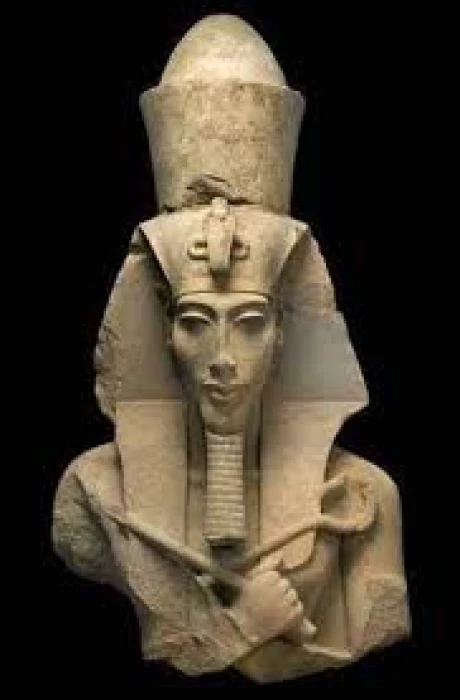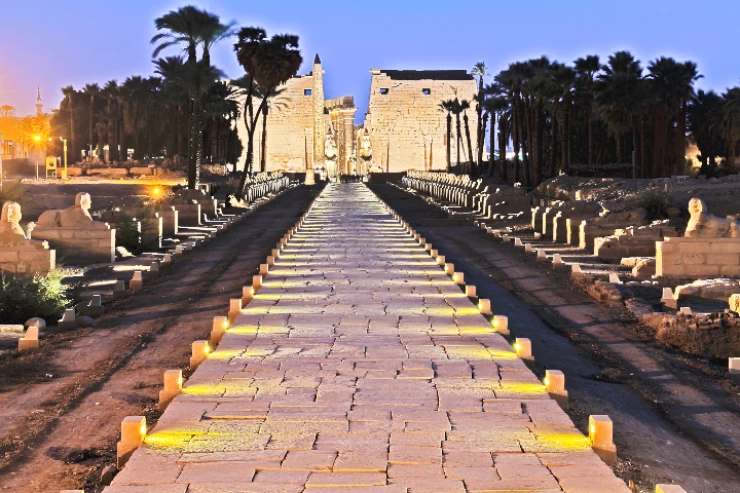
The Eighteenth Dynasty in Ancient Egypt
The 18th dynasty of ancient Egypt
The longest dynasty in ancient Egypt was the 18th, which ruled for 250 years. It is also one of the most well-known due to the fact that it produced notable pharaohs such as Tutankhamun, the eleventh pharaoh of the dynasty, as well as the fact that two illustrious pharaonic families—the Amenhotep and the Thutmose—ruled over it for more than 200 years.
The Hyksos were vanquished and driven out, and the Eighteenth Dynasty established the New Kingdom. After the Two Lands were once more united, the empire was further enlarged by the pharaohs using both force and diplomacy. Gaining money ushered in a prosperous period marked by enormous construction projects, a flourishing of both art and architecture.
The kingdom of Thutmose III is considered the north of the empire and was said to be the greatest military pharaoh in history. Many pharaohs of the empire lived in the Valley of the Kings at Thebes. Many diplomatic societies are known to have been formed.
However, there was also the Amarna Period, when Pharaoh Akhenaton imposed monotheism on the realm. Since most of the evidence of his rule was destroyed some 2300 years ago, it is extremely difficult to determine the chronological sequence of reigns because his successors had his name methodically obliterated from history.















